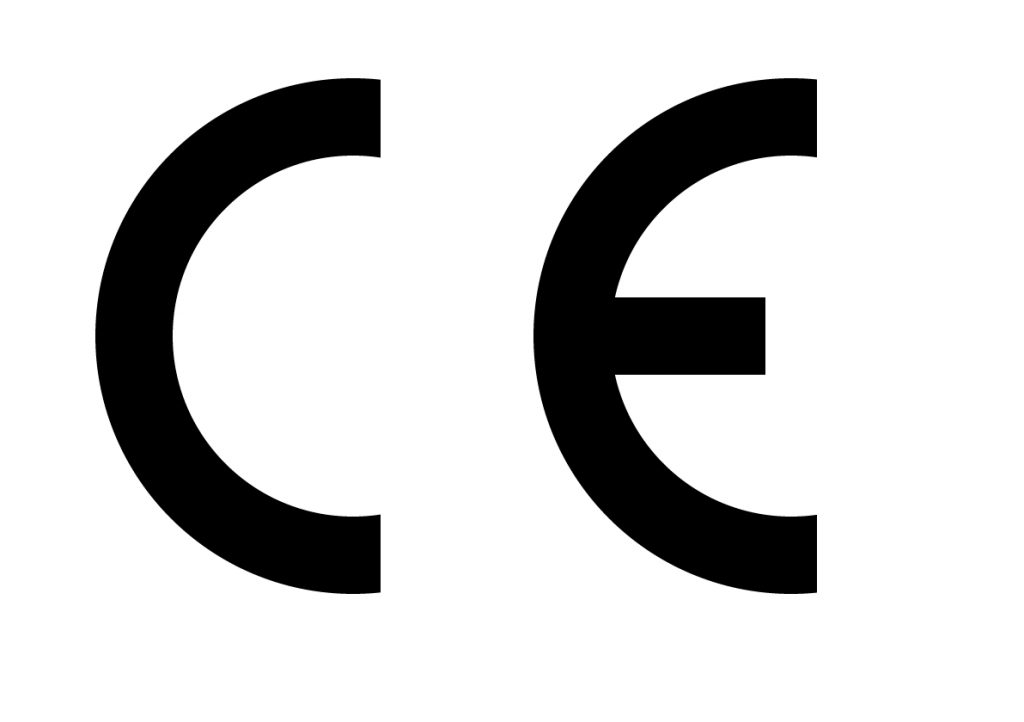The latest news in the Grenfell Tower fire disaster is that experts have confirmed that the exterior cladding used on the building was likely to have contributed to its rapid spread and resulting high-intensity fire. The London Fire Brigade has now issued a warning about the dangers of using this type of cladding, which is often made from sheets of polyethene plastic or aluminium panelling covered in a synthetic material like acrylics or polyurethanes.
So, what is a Cladding System?
A cladding system is basically any layer or combination of layers that are attached to an exterior wall or roof structure and used to protect it from rain, wind, snow and other weather conditions. They can be made from a variety of materials, including metal, glass, insulation, and even stone. Cladding systems can also be designed to provide thermal insulation or fire protection.
Cladding systems are often used on buildings that need to meet specific safety requirements like those required by law for facade systems (external walls and roofs). In some cases they may also be required as part of an energy-efficiency strategy. However, their use has come under increased scrutiny in recent years due to the widespread public concern over fires such as those that killed 60 people in the Grenfell Tower disaster last year in London.
What is a cladding system?
A cladding system is a rainscreen that is used to protect the exterior of a building from the elements. It is usually made up of a series of panels that are attached to the structural frame of the building and spaced apart to allow for ventilation. The space between the panels is typically filled with insulation material, which helps to improve the energy efficiency of the building. The cladding system can be made from a variety of materials, including metal, glass, brick, stone, and timber. Each type of material has its own advantages and disadvantages in terms of fire safety, thermal performance, and maintenance requirements.
What are the benefits of a cladding system?
A cladding system is a rainscreen that is installed on the exterior of a building. It is used to protect the building from weather damage and can also be used for energy efficiency or to improve the thermal performance of the building. Cladding panels are usually made from metal, glass, stone or brick and are attached to the structural frame of the building with screws or bolts. The cladding system allows air to circulate between the outer layer of the cladding and the inner wall of the building, which helps to keep the building warm in winter and cool in summer. It also provides a barrier against moisture, fire and noise.
What are the different types of cladding systems?
There are many different types of cladding systems available on the market today. The most common type of cladding system is the rainscreen cladding system. This type of system is used to protect buildings from the elements, as well as providing an extra layer of insulation. Rainscreen cladding systems typically consist of a series of panels that are installed over an existing wall or structure. These panels can be made from a variety of materials, including metal, glass, and even stone.
Another popular type of cladding system is the timber cladding system. This type of system uses natural wood to create a beautiful and unique exterior for a building. Timber cladding can also provide excellent insulation against both heat and cold. Timber claddings typically come in a variety of different colours and finishes, making them perfect for any style of home or office.
One final type of popular cladding system is the brick slip cladding system. This type of system uses small bricks that are placed over an existing wall or structure. Brick slips can provide both an aesthetic appeal and excellent insulation against the elements.
What are the most popular types of cladding materials?
There are many different types of cladding materials available on the market, each with their own benefits and drawbacks. The most popular types of cladding are metal, timber, stone and glass.
Metal cladding is a popular choice for both commercial and industrial buildings due to its durability and low maintenance requirements. Steel and aluminium are the most common metals used in cladding systems. Metal cladding can be used in rainscreen systems and is available in a variety of finishes including powder-coated, anodised and pre-painted.
Timber cladding is a natural material that provides excellent insulation properties. It is also a sustainable option as it can be sourced from managed forests. Timber cladding is available in a variety of profiles including shiplap, tongue and groove and weatherboard. It can be left untreated or stained or painted to achieve the desired look.
Stone cladding is a popular choice for exterior facades as it offers a natural look that is hardwearing and low maintenance. Stone claddings are typically made from granite, limestone or sandstone. Brick slips are also commonly used as a type of stone cladding.
Brick slip claddings consist of thin bricks that are fixed to an external wall using special adhesives or mortar mixes. They provide the same aesthetic as traditional brickwork but without the need for specialist skills or equipment
What are the key considerations when choosing a cladding system?
When it comes to cladding, there are many things to consider in order to ensure that you choose the best possible system for your needs. Some of the key considerations include:
–What is a cladding system? A cladding system is an outer layer that is applied to a building in order to protect it from the elements. Common materials used for cladding include stone, metal, glass, and timber.
–Rainscreen cladding. This type of cladding is designed to allow water to run off of the surface of the building, helping to prevent moisture damage. Rainscreen systems typically consist of an outer layer of material (such as metal or stone) with an inner layer of insulation.
–Grenfell Tower fire. In 2017, a devastating fire at Grenfell Tower in London highlighted the importance of choosing a high-quality and safe cladding system. The fire spread quickly up the side of the building due to the flammable nature of the external cladding panels that were installed. As a result, it is now even more important to carefully consider the materials used for cladding and ensure that they meet strict fire safety standards.
–Thermal performance. Cladding can also help to improve a building’s thermal performance by providing an extra layer of insulation. This is particularly important in colder climates where heat loss can be a major issue.
–Energy efficiency. Choosing a highly energy-efficient cladding system can help to reduce your carbon footprint and save money on heating and cooling costs over time.
–Material choices. There are many different materials that can be used for cladding, each with its own unique set of benefits and drawbacks. Some common options include brick slips, timber, natural stone, metal panels, and composite panels made from recycled materials. It’s important to weigh all of these factors when making your decision in order to choose the best possible option for your needs.
How can I make my cladding system more energy efficient?
A cladding system is a rainscreen system that is used to protect the exterior of a building from the elements. It is made up of panels that are attached to the structural frame of the building and act as a barrier against wind, rain, and snow. The panels can be made from a variety of materials, including metal, glass, stone, or timber. Grenfell Tower was an apartment building in London that was clad in aluminium composite material (ACM) panels. These panels were not properly fire-resistant and contributed to the spread of the fire that occurred in June 2017. ACM cladding has since been banned in the UK.
To make your cladding system more energy-efficient, you can use insulation materials such as foam or fibreglass to fill any gaps between the panels. This will help to keep heat inside the building during winter and cooler air in during summer. You can also choose cladding materials with high thermal performance ratings to further improve energy efficiency.
What are the fire safety considerations with cladding systems?
There are a number of fire safety considerations that need to be taken into account when specifying cladding systems for buildings. The most important consideration is the type of cladding system being used, as different types have different fire performance characteristics.
Rainscreen cladding systems are generally considered to be more fire-safe than traditional brick or stone cladding, as they provide a cavity between the outer cladding and the inner wall of the building which can act as a buffer in the event of a fire. Rainscreen systems also typically use non-combustible materials such as metal or glass, which further enhances their fire performance.
Another important consideration is the insulation material used within the cladding system. Some insulation materials, such as fibreglass, can emit toxic fumes when exposed to heat, so it is important to choose an insulation material that will not pose a health hazard in the event of a fire.
It is also important to ensure that any cavity barriers within the cladding system are properly installed and maintained, as these can help to prevent the spread of fire through the cavities. Finally, it is essential that all external walls are properly constructed and maintained in accordance with building regulations and good practice guidance.
Are there any other considerations I should be aware of when choosing a cladding system?
When it comes to choosing a cladding system for your building, there are a few things you should keep in mind. First and foremost, you need to make sure that the system you choose is appropriate for the climate and weather conditions in your area. For example, if you live in an area with a lot of rainfall, you’ll want to choose a rainscreen cladding system. This type of system is designed to protect your building from water damage by allowing water to drain away from the structure. If you live in an area with high winds, you’ll want to choose a system that’s designed to resist wind damage. And if you’re concerned about fire safety, you’ll want to choose a cladding material that’s fire-resistant. There are many different types of cladding materials on the market, so it’s important to do some research before making a decision. You should also consult with a professional contractor or architect to get expert advice on which type of cladding would be best for your specific project.






